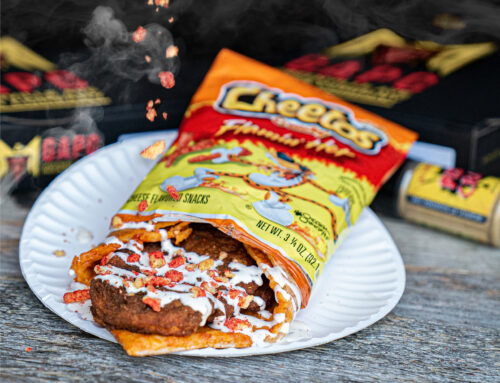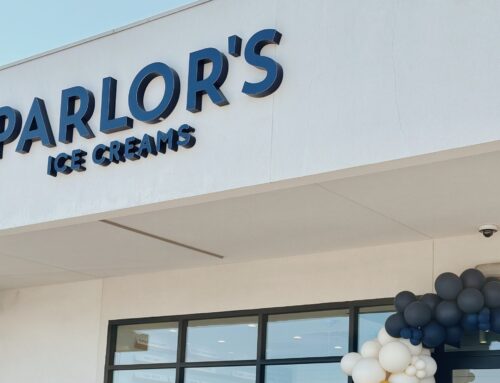Ever paid $6 for a glass of wine at a restaurant when the bottle costs $6 at the grocery store? Ever wondered why every restaurant seems to have the same half-dozen wines on their list, and you don’t like any of them? And ever wondered why that really nice bottle you had at the corner bistro isn’t available at your local wine shop?
If so, you’re not alone. Wine consumption in the United States is at its highest levels since the early 1980s, and consumers may be more sophisticated about wine than ever before, but too many restaurants still don’t understand. They don’t realize their customers want a decent, reasonably priced wine with dinner.
Hence the $6 glass of wine. There are many reasons for that, but wine theory in the restaurant business revolves around several points, something to consider if you’re out for Valentine’s Day:
• Limited space. Many restaurants don’t have the room or the facilities to store wine. So they’ll carry wines that sell quickly, or not many wines, or both. And, since many owners see wine as a cost (and not an asset), they cut this cost whenever they can.
• The three-times markup. Typically, a bottle is marked up three times the retail price and a glass costs one-third the retail price. Why? Because food is marked up in a similar fashion, and it has always been done that way.
• What’s in it for the restaurant? Some restaurants charge more for items they don’t want customers to buy, like a $6 glass of wine, so you’ll buy something else, like a $4.75 margarita, which has a better profit margin.
• What’s available. Some wineries prefer to sell to restaurants instead of liquor stores. Restaurants like this approach because it gives them what’s called a point of difference from the competition — so that even if they’re similar in every other way, such as steakhouses, they can claim they’re different.





